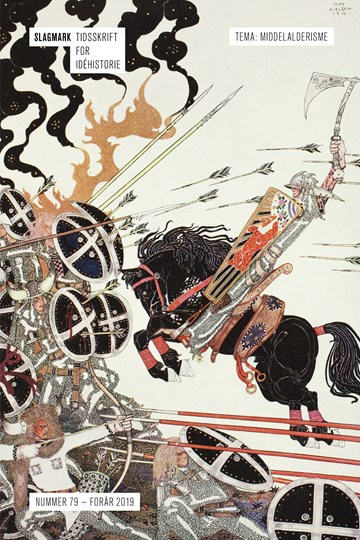Middelalderen som politisk middel i den spontan-abstrakte danske kunst
DOI:
https://doi.org/10.7146/slagmark.vi79.130732Keywords:
medieval art, spontaneous-abstract art,, Helhesten, Cobra, AvantgardeAbstract
With particular focus on Danish artists Henry Heerup (1907-1993), Carl-Henning Pedersen (1913-2007) and Asger Jorn (1914-1973), this article illustrates how spontaneous-abstract artists in World War II-era Denmark helped to perpetuate an idealized image of the Middle Ages as a homogeneous and unspoiled social order. It is argued that these artists took medieval culture to represent an uninhibited, irrational art, which they believed had somehow remained unsullied and beyond the exploitation of modern society’s political and capitalist powers. It is further demonstrated that these artists’ idealizations tended to project onto the Middle Ages certain ideas about collectivization and the potentials of institutional critique; these commentaries resonated deeply with the volatile war and post-war political climate of their own times as well and had a clear lineage in earlier movements such as Gothic Revival, Arts and Crafts, Art Nouveau and Symbolism. This article thus posits that the medievalism in and of Danish spontaneous-abstract art can no longer be seen as independent of and unrelated to the medievalisms of the eighteenth and nineteenth centuries.





